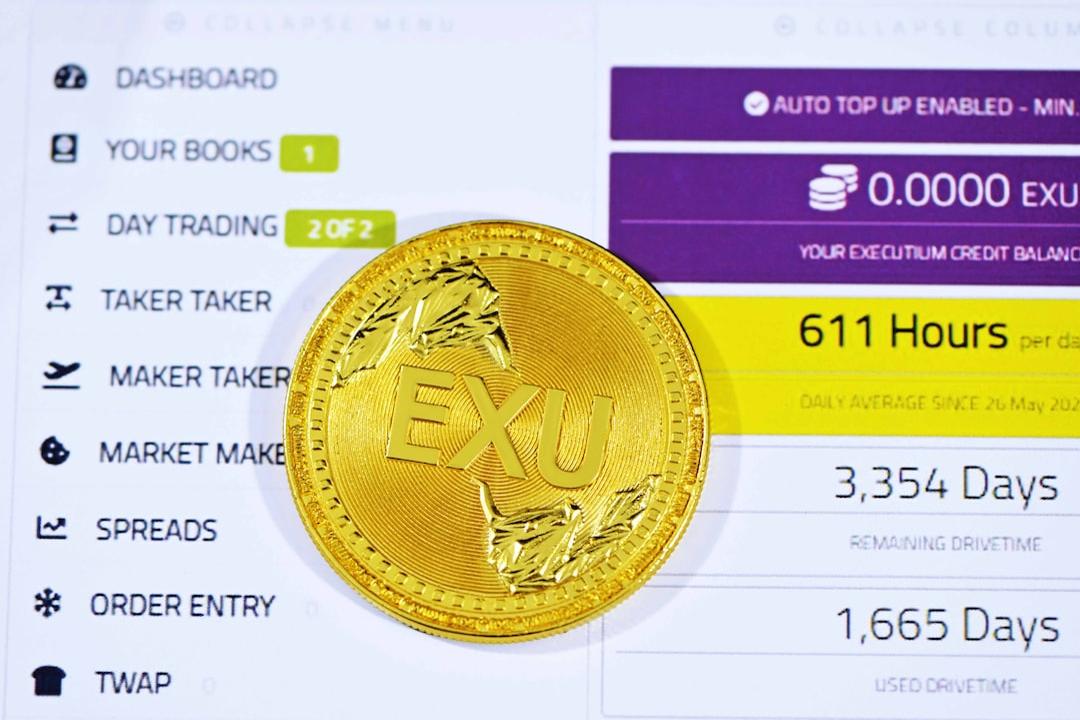Where Is the Future of Airdrops?
If there are still new entrants in the industry, airdrops are likely to be their first stop. From pure “wool-pulling” to complex project-user standoffs, airdrops have gradually made people both love and hate them.
For users, love stems from the huge returns that successful airdrops bring, but hate comes from the complex rules, tedious tasks, and even opaque distribution mechanisms. For projects, love is because airdrops still bring short-term traffic and attention, but the actions of “farming” and the declining trust in communities have also become headaches.
People change over time. After experiencing several rounds of bull and bear markets, crypto users still have expectations for “free lunches,” but their behavior has become more rational. Project teams have gradually realized that simple airdrops can no longer meet the community-building needs and have shifted towards trying more complex and transparent distribution mechanisms. For example, the Hyperliquid airdrop, which rewards early users, has been highly praised, while Redstone’s airdrop, due to a last-minute change in distribution ratios, sparked strong opposition from the community.
In 2025, can airdrops still play their role? Recently, Binance Research released a report titled “Where Are Our Airdrops Going?” providing us with an in-depth perspective. By analyzing the current situation, problems, and improvement directions of airdrops, it may offer better solutions for both projects and users.
The Deep Tide TechFlow has summarized and organized the core content of this report, with the following key points.
Key Points
Despite many shortcomings in the airdrop model, its position in the industry cannot be ignored.
Two popular types of airdrops:
- Retroactive Airdrops: Mainly reward existing users by distributing tokens based on their historical behavior, aiming to enhance community loyalty.
- Engagement Airdrops: Attract new users and increase project exposure by notifying users in advance and setting task incentives. This type is more suitable for early-stage projects to capture market share and build an initial user base.
Areas for improvement:
- Clear distribution rules and standards help reduce user dissatisfaction and misunderstandings.
- Project teams need to listen more to the community’s voice.
- Avoid excessive allocation of resources to internal teams or large holders, to prevent harming the interests of ordinary users.
- The introduction of on-chain monitoring tools and “Proof of Humanity” technology is expected to reduce airdrop farming behaviors, making airdrops more fair and efficient.
Through these key points, the report provides a clear framework to help us understand the current state of airdrops and their potential future development direction.
From Simple Distribution to Complex Games
Since the first airdrop event in 2014, airdrops have had a history of 10 years in the industry. The first notable airdrop was Auroracoin in 2014, aimed at promoting the national cryptocurrency to Icelandic residents. At that time, users simply entered their permanent residency ID on the Auroracoin website to receive tokens.
Comparing to recent events, the Hyperliquid HYPE airdrop (November 2024) might be one of the largest and best-reviewed airdrops to date, further solidifying the status of airdrops as a powerful user engagement tool. With a peak valuation exceeding $10 billion, the HYPE token airdrop surpassed Uniswap, becoming the largest airdrop by peak price calculation.
However, in response to increased “witch attacks,” project teams have also increased the complexity of acquiring airdrop eligibility.
Unlike early airdrops, current airdrops usually require users to complete multiple tasks, such as using the testnet, participating in social media activities, engaging in governance, downloading mobile apps, and transferring funds across chains. These necessary operations often directly benefit the project, such as increasing on-chain revenue/activities or boosting social media exposure.
Current airdrops can be divided into the following two parts:
- Type 1: Retroactive Airdrops – Early airdrops, such as Auroracoin, Uniswap, and StarkNet, did not publicly announce any relevant information before distribution; the aim was to reward existing community users and enhance their loyalty. Features:
- More user-centered.
- Typically executed by protocols with a large user base and market share.
- No need for an airdrop to kick-start an initial user base.
- Applicable for mature protocols to reward existing users and strengthen community relationships.
- Type 2: Engagement Airdrops – By informing users about upcoming token generation events, users are incentivized to participate in specific activities. Features:
- More project-centered.
- Mainly used to attract new users, helping the project acquire initial market share.
- Often incentivizes user behavior through point programs, etc.
- Typical examples: Redstone, Kaito, and Hyperliquid.
- Applicable for emerging projects that need airdrops to remain competitive with rival protocols (which may also use token incentive mechanisms).
Recent Sentiment Analysis of Token Airdrops
To better understand the recent development of airdrops, the report also leveraged Grok AI for a brief sentiment analysis of some significant airdrops from the past year, scoring them based on feedback. The sentiment analysis source includes posts on X, including but not limited to community feedback, positive and negative comment ratios, interaction levels, and specific criticisms or praises.
Grok also reviewed official announcements, tokenomics, and airdrop eligibility standards in network articles. The sentiment was categorized as positive, negative, or mixed based on the dominant reactions.
The following is the original table in the report, which has been translated using AI, and some wording might be ambiguous. However, the scoring reflects the community’s varying opinions of different airdrops, with higher scores indicating more positive feedback.



Past Airdrop Experiences and Lessons
Last-Minute Reduction in Distribution Proportions: Some crypto projects initially promised to allocate a certain proportion of tokens to the community but later reduced this proportion, redistributing the tokens to insiders or the project treasury. Recently, the Redstone airdrop triggered strong opposition from the community when the team reduced the community allocation from 9.5% to 5% before the token distribution date. Many community members felt this was unfair.
Lessons:
- Clarify token allocation ratios in advance: Clearly communicate the token distribution plan before the token generation event (TGE).
- Avoid last-minute changes: Try not to make last-minute adjustments to the distribution.
- Consult stakeholders when necessary: If changes to distribution ratios are unavoidable, avoid unilateral decisions. Discuss with major stakeholders (such as investors, communities, and exchanges) and ensure full communication.
Opaque Eligibility Standards and Mismatched Expectations: Some projects communicated unclear eligibility standards for airdrops, resulting in uneven reward distribution that did not accurately reflect users’ actual activities. The October 2024 Scroll airdrop (which distributed 7% of its total SCR token supply, i.e., 70 million tokens) was criticized for its arbitrary snapshot mechanism and hidden rules.
Lessons:
- Clearly communicate allocation rules: Ensure transparency in rules to avoid excessive user guesswork, which often leads to mismatched expectations.
- Prevent witch attacks: Consider using on-chain monitoring tools or “Proof-of-Humanity” tools to reduce abuse.
Overweight Allocation to Insiders and KOLs: Many projects allocate a larger proportion of tokens to teams, investors, and venture capital institutions, with a smaller share going to the community. For example, in Kaito’s February 2025 airdrop, 43.3% of tokens were allocated to teams and investors, with only 10% going to the community, which sparked public debate on X.
Lessons:
- Carefully consider allocation proportions: Learn from the token distribution results of similarly scaled or natured projects, and pay attention to market reactions to allocation plans.
- Implement vesting periods and lock-ups: Apply vesting periods and token lock-ups to insiders and influencers, reducing early selling pressure post-TGE and aligning their interests with the project’s long-term goals.
Technical Barriers in the Claiming Process: Complex or flawed claiming processes hinder users from receiving tokens, effectively reducing the amount paid out and largely disrupting the expected purpose of the airdrop process. For example, the December 2024 Magic Eden airdrop, intended to promote its mobile wallet app, reportedly led to user frustration due to bugs and unclear instructions on X.
Lessons:
- Airdrop claiming is an important first touchpoint for many potential users. Ensure the process is smooth and convenient to increase user retention.
How Can Airdrops Improve?
Increase Transparency:
- Set clear goals: Project teams need to set clear goals for airdrops or token incentive programs, ensuring these goals align with the long-term vision of the project.
- Communicate goals clearly: Align community behavior with the project’s goals and vision through clear communication, reducing dissatisfaction caused by inconsistent behavior weight distribution.
Enhance Community Engagement:
- Community is the core competitiveness of the project: Technology and products can iterate quickly, but community building takes time and patience. The long-term success of a project depends on a solid and loyal community.
- Balance transparency with engagement: Transparency is essential, but it is not enough on its own. Project teams need to deepen community engagement in project development through interactions and feedback mechanisms, enhancing a sense of belonging and loyalty.
- Challenges brought by user mobility: The open nature of the crypto industry lowers the cost of switching for users, so projects must retain users through stronger community stickiness and sense of belonging.
Increase Monitoring Mechanisms:
- Some projects (like LayerZero) have already partnered with on-chain analytics companies (such as Nansen) to identify and disqualify “witch attack” airdrop participants by analyzing on-chain data.
- As technology advances, on-chain monitoring tools will become more sophisticated and widely applied, making it easier for project teams to detect and eliminate bad actors.
- “Proof-of-Humanity” tools are expected to help prevent airdrop abuse in the future while protecting user anonymity and privacy. These tools may become a key solution to address the “gaming” issues of airdrops.
This article is reproduced in collaboration with Deep Tide.

